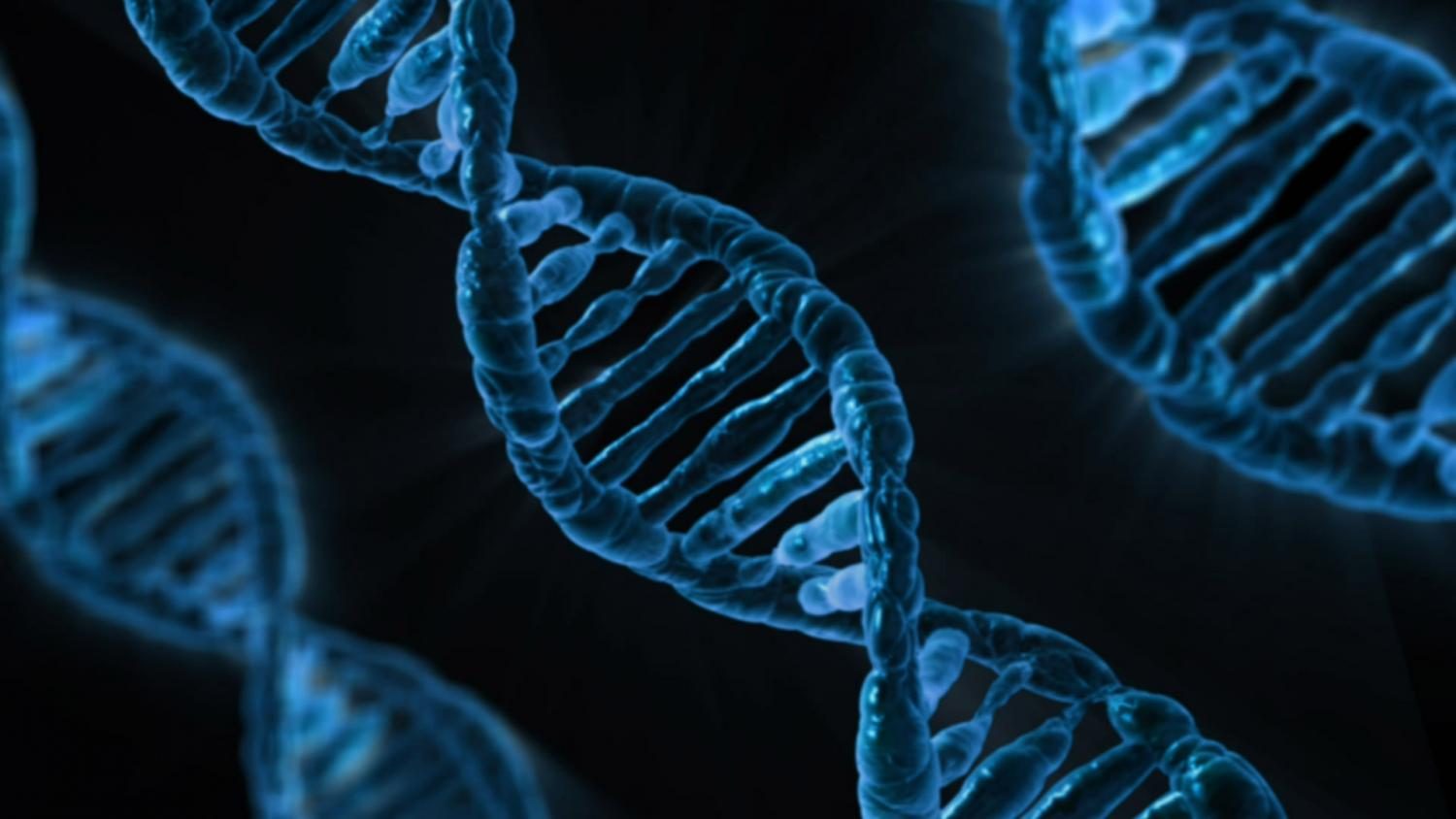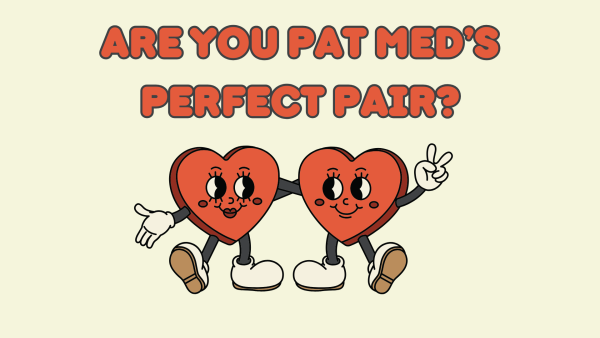The Dilemma of Gene Editing
Advancements in genetic modification has impacted scientific pursuits for the last several decades. Here’s where we’re at now..
Science fiction novels have long preached about ridiculous topics such as humans being modified to have superpowers at the touch of a button, usually through the use of a machine with an equally ridiculous name like the “GENE MODIFIER 3000”. But what if I told you that the idea of editing genes with such simplicity is no longer so ridiculous.
Loosely, humans have been doing “genetic engineering” for thousands of years through techniques such as selective breeding. Ever since animals have been domesticated, breeders have been attempting to create the best breeds possible; consequently, allowing only the best specimens of a species to procreate and pass along their favorable genes. The genetic engineering you and I are thinking about on the other hand, has existed only since the 1970s. Yet, since then, the scientific community has made significant strides in the field including genetically engineering bacteria to produce human insulin for people affected by diabetes. Understandably, these kinds of accomplishments took an extremely large amount of time, money, research, and effort. But what if, the process of modifying genes was significantly easier and cheaper – so much so that “a talented high schooler with some equipment could do it”(Jennifer Kahn, “Gene Editing Can Now Change an Entire Species”, TedTalk).
Let me introduce you to CRISPR/Cas9, the newest, and perhaps the most powerful technology ever seen in the field of genetic engineering. Mostly attributed to Jennifer Doudna, a Harvard graduate and biochemist, this technology has spread through the scientific community by storm. The CRISPR part of the name (standing for Clustered Regularly Interspaced Short Palindromic Repeats) actually refers to the organization of short repeated DNA sequences in the genomes of bacteria – a result of the defensive mechanism employed by bacteria, of which the CRISPR/Cas9 was inspired by. Bacteria have the amazing ability to protect themselves from viral attacks by actually taking strips of DNA from the invading virus, and splicing that DNA into their own with an enzyme named Cas. The resulting sequences are the aforementioned CRISPR. The bacteria then creates RNA copies of the sequences which are able to recognize future viral invasions and take care of them accordingly.
So, how did Doudna and other scientists turn this bacterial defense mechanism into a revolutionary gene-editing technology? They “simply” replaced the CRISPR RNA system with a modified guide RNA. This RNA, guides (hence its name) an enzyme called Cas9 to a specific area of a genome. You have probably learned this in biology class, but for a refresher, through a process called transcription, a cell’s genetic information is transformed from DNA to RNA form. Consequently, RNA will always have a sequence of corresponding DNA. This is how the guide RNA in the CRISPR technology works. After it scans the gene sequence and finds a DNA match, the Cas9 can make a “cut” in that exact spot. With this, scientists can add, replace, or remove DNA from any sequence, with unbelievable specificity. In theory, this technology has almost limitless possibilities from curing cancer, eliminating inherited diseases, creating “designer babies”, or even eliminating the process of aging.
As I mentioned before, gene modification has existed for over 4 decades. What makes it such an issue now? With the rise of CRISPR technology, virtually anyone with some basic knowledge and relatively inexpensive equipment can modify the genetic information of virtually any organism on Earth. With this sort of power, we can eliminate a plethora of issues that affect our world at this very moment. However, even the smallest mistake can lead to the elimination of an entire species. With that being said, does having the ability to do something justify that it should be done?
FOR the Use of CRISPR/Cas9:
- Thousands of people die each day from gene-related illnesses which could potentially be cured through the use of this technology.
- By using something called a gene drive (where a trait is completely dominant and always passes on to the offspring), many environmentally-related issues can be corrected such as invasive species and malaria-carrying mosquitoes.
- In context, this technology is extremely cheap and simple to use.
- Embryos can be modified to be void of genetic diseases and to even be born with “enhancements”, such as perfect pitch and increased height.
AGAINST the Use of CRISPR/Cas9:
- As of now, CRISPR/Cas9 is still a very new technology which may have unexpected consequences. Studies have shown that in rare cases, the technology has made some errors and created unintended mutations. Even the creator of the technology, Jennifer Doudna has called for scientists to take a step back from experimentation, until more is known about the possible “side-effects”.
- In the case of the use of gene drives, the accidental release of a single mutated organism can permanently modify the gene pool of an entire population; possibly with adverse effects.
- Is it ethical to engineer offspring? Does this technology make us gods? Many may argue that this kind of experimentation is quite a bit too far.
- Is it possible to keep this kind of technology out of the wrong hands, or even inexperienced hands? Despite the fact that genetic engineering is quite inefficient in comparison to conventional weapons, it is possible that CRISPR/ Cas9 can revolutionize the area of biological warfare.
As the top researchers in their fields, it is the responsibility of the scientists to determine what these revolutionary technologies are capable of. But we, as ordinary citizens, also have a great responsibility – to determine whether or not, or at least to what extent, these technologies should be used. Give it some thought, and make your voice heard, because sometimes it is better to do something, than to do nothing at all.







